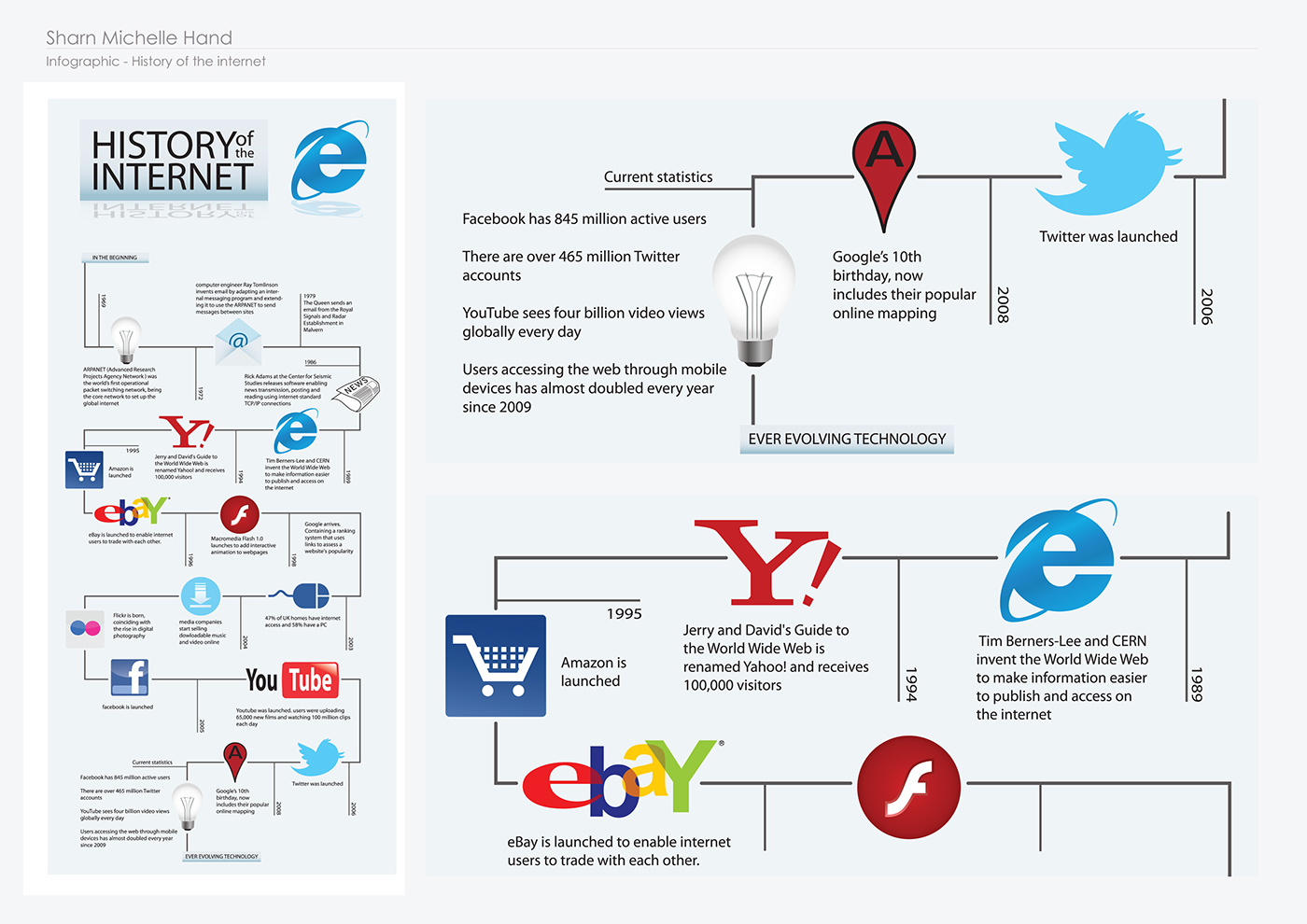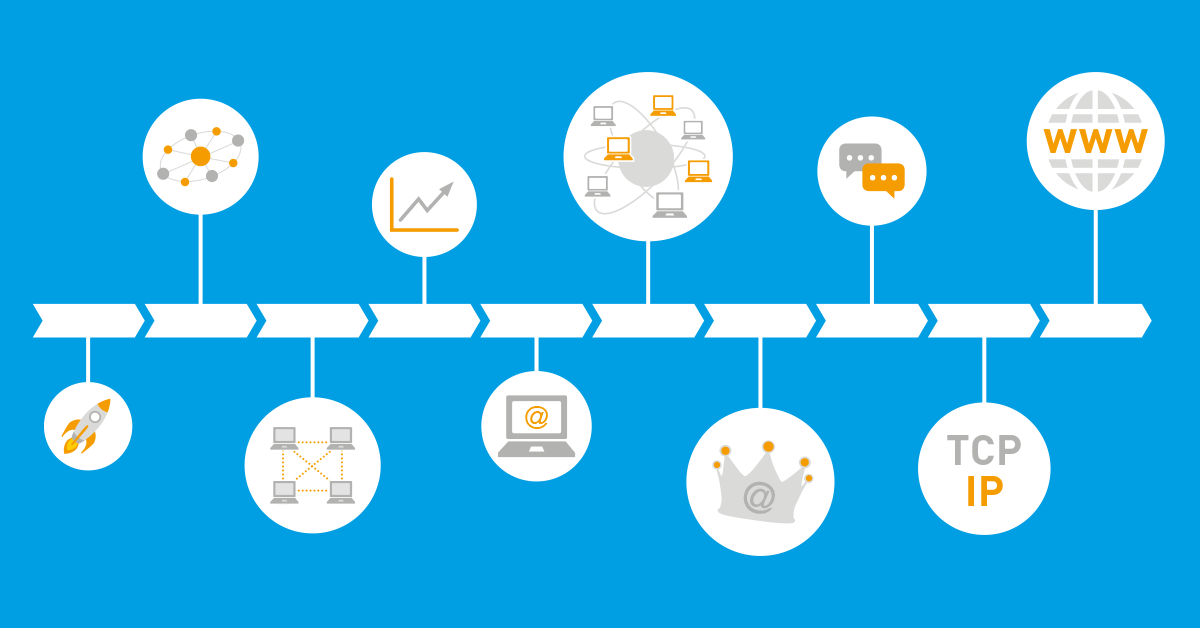
By late 1993 there were over 500 known web servers, and the Initiated by Robert Cailliau, the First International World Wide Web conference was held at CERN in May.

The existence of reliable user-friendly browsers on these popular computers had an immediate impact on the spread of the On 30 April 1993, CERN made the source code of WorldWideWeb available on a royalty-free basis, making it free software.

Shortly afterwards the NCSA released versions also for the PC and Macintosh environments.
History of the internet software#
This software ran in the X Window System environment, popular in the research community, and offered friendly window-based interaction. Notable among these were MIDAS by Tony Johnson from SLAC, Viola by Pei Wei from technical publisher O'Reilly Books, and Erwise by Finnish students from Helsinki University of Technology.Įarly in 1993, the National Center for Supercomputing Applications (NCSA) at the University of Illinois released a first version of its Mosaic browser. Several individuals wrote browsers, mostly for the X-Window System. It was clear that the small team at CERN could not do all the work needed to develop the system further, so Berners-Lee launched a plea via the internet for other developers to join in.
History of the internet install#
The other was the ‘line-mode’ browser, which was easy to install and run on any platform but limited in power and user-friendliness.

One was the original development version, which was sophisticated but available only on NeXT machines. At this stage, there were essentially only two kinds of browser. Thanks to the efforts of Paul Kunz and Louise Addis, the first Web server in the US came online in December 1991, once again in a particle physics laboratory: the Stanford Linear Accelerator Center (SLAC) in California.


 0 kommentar(er)
0 kommentar(er)
